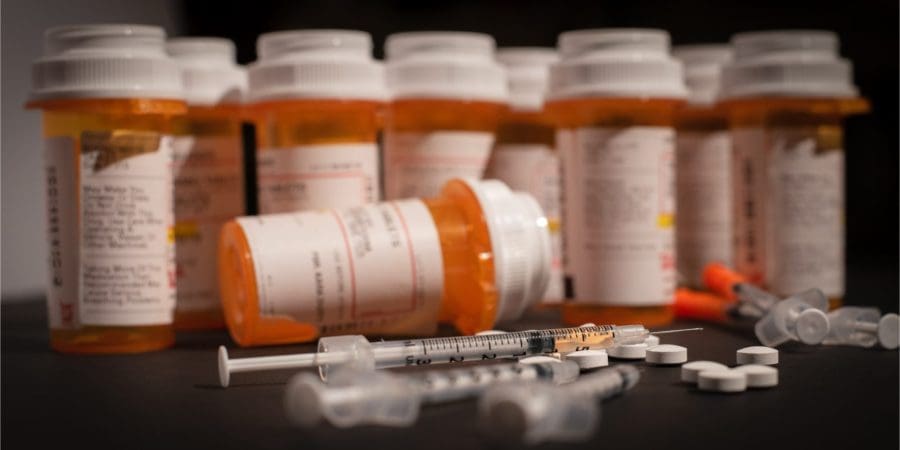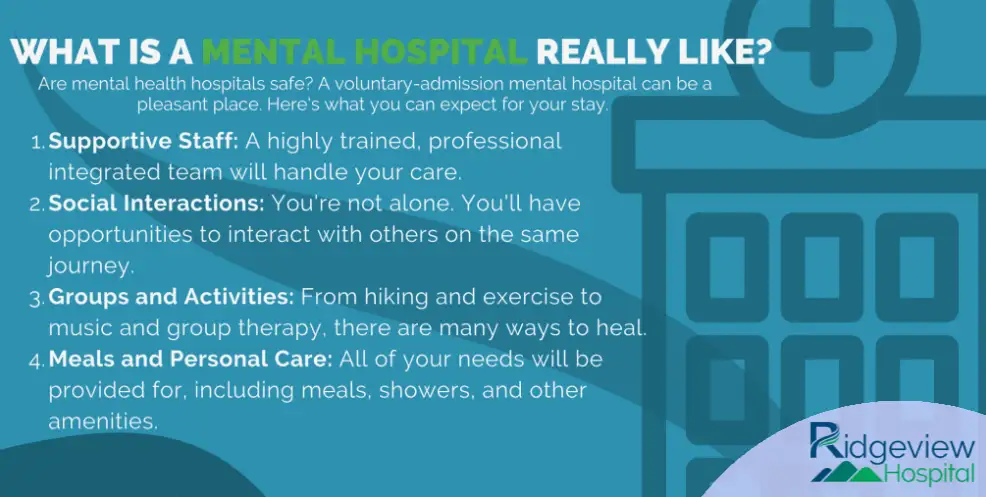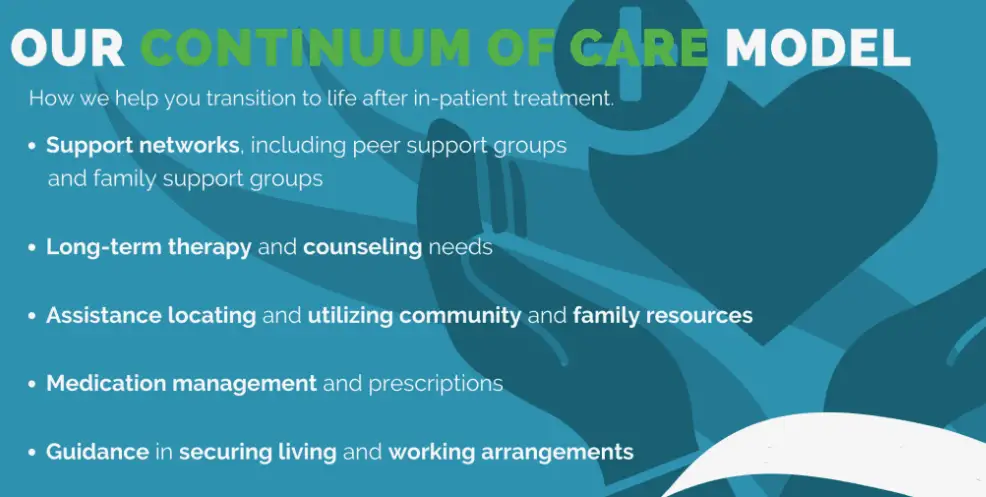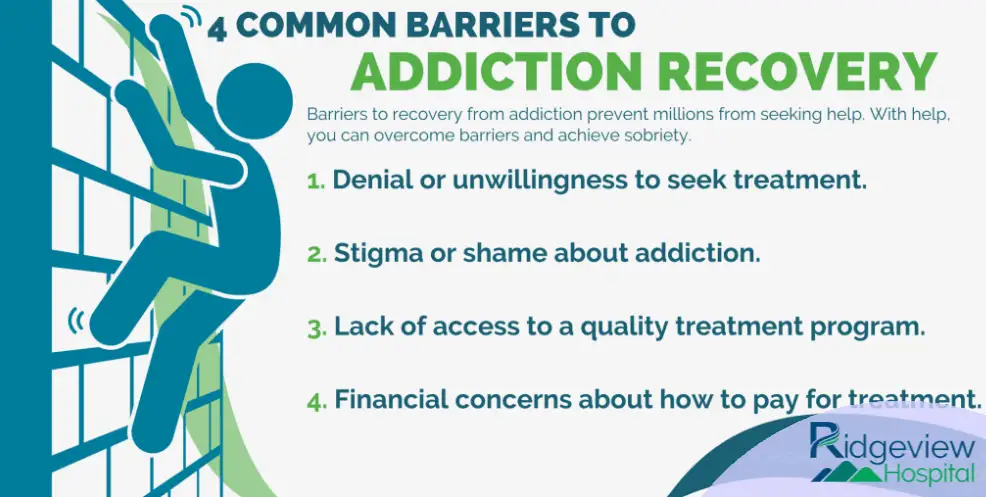The state of Ohio has a long history of chemical dependency and addiction. For example, the state was hit hard by the opioid epidemic in early the 2000s. In fact, Ohio was so affected by the opioid crisis that overdose deaths became the leading cause of injury-related fatalities beginning in 2007. Unfortunately, since the start of the coronavirus outbreak, chemical dependency and addiction rates are again breaking records both nationwide and in the Buckeye State. Learn more about chemical dependency, the difference between chemical dependency vs addiction, and how to find addiction help in Ohio.
What Is Chemical Dependency?

Chemical dependence refers to the reliance a person has on a substance to function. In other words, a person’s body needs drugs or alcohol to operate normally. Usually, chemical dependence (or drug dependence) refers to a physical attachment to a substance, rather than a psychological one. In terms of substances, both illegal drugs and prescription medications can result in drug dependence, and it is possible to be dependent on more than one drug at a time.
Causes of Chemical Dependency
Simply put, when a drug is used consistently, the brain adapts by rebalancing brain chemistry to allow for the presence of the drug. For example, if a certain drug acts on the body by releasing more dopamine in the brain, the brain will attempt to rebalance by producing less dopamine. Then, when a person cannot take the drug, they are operating with unbalanced brain chemistry that often results in symptoms of withdrawal.
Chemical Dependency vs Addiction
Chemical dependency is one of the many addiction-related terms used to describe how the body reacts to drug use. And while dependence and addiction are often used interchangeably, they are not the same. To gain a deeper understanding of how substance abuse affects the body, consider these additional labels:
- Addiction: In contrast to physical dependence, addiction refers to a psychological need to continue drug use despite negative consequences.
- Substance Use Disorder (SUD): Substance use disorder is the formal term used in the Diagnostic and Statistical Manual of Mental Disorders (DSM-V) that recognizes addiction as a disorder.
- Craving: A drug craving refers to the intense desire to use drugs or alcohol. Drug cravings are an indication that the brain chemistry has started to adjust to the presence of a chemical. Therefore, when the chemical is absent, the brain sends signals encouraging the use of the drug.
- Tolerance: A drug tolerance refers to the body’s adaptation to a drug. Once a tolerance forms, a person will need to take more of the drug to elicit the initial response.
- Drug Detox: Detox refers to the process of when the substance is leaving the body. If a person is chemically dependent, the detox process may result in withdrawal symptoms.
- Withdrawal: Drug withdrawal occurs when a chemically dependent person quits taking the drug cold turkey. This can happen voluntarily when trying to quit or when the drug becomes unavailable. Withdrawal symptoms can range from uncomfortable to life-threatening, which is why detoxing under medical supervision is recommended.
Addiction and dependence go hand in hand but are not mutually exclusive. That is, they can (and often do) happen at the same time.
Stages of Substance Abuse, Dependence, and Addiction
The process of chemical dependency and addiction generally follows certain patterns. With the above terms in mind, the stages of dependency and addiction may be a little easier to follow:
- Experimentation: Physical drug dependence is kicked off with drug (or alcohol) use.
- Regular Use: As drug use continues, the body becomes tolerant to the drug. Once a tolerance develops, more of the drug is needed to create the same effect.
- Substance Abuse: During this time a person can experience intense cravings that encourage further drug use. Cravings indicate that the brain chemistry is adjusting to the presence of the drug. Therefore, when the drug is missing from a person’s system, the brain triggers cravings to request more of the substance.
- Drug Dependency and/or Addiction: Once the brain chemistry has been rebalanced to accommodate the drug, a chemical dependence has been established. If the drug (or alcohol) is abruptly stopped, the body will begin to detox, and withdrawal symptoms are likely to occur.
Drugs that Are High Risk for Dependence

Many drugs carry the risk of physical dependency. However, some are more likely to cause problems than others. The following drugs are commonly associated with an alteration in the brain’s chemistry:
- Alcohol
- Benzodiazepines
- Barbiturates
- Opioids (illicit and prescription)
- Antidepressants
- Nicotine
- Illegal Drugs
It is important to emphasize that just because a drug is legal and taken as prescribed doesn’t mean that there safe for long-term use. Numerous legal substances carry known risks of dependency. However, when illicit drugs are purchased on the black market, there is an increased risk of dependence, addiction, or toxic effects. Even products made to look like legitimate prescription pills are often pressed and sold illegally, and commonly included deadly ingredients like fentanyl. In fact, this widespread availability of fentanyl is one of the reasons for the dramatic increase in Ohio overdose deaths.
Chemical Dependency Symptoms
Initial symptoms of physical dependency may fly under the radar. For example, cravings and tolerance may be chalked up to stress or the perceived need to blow off some steam. However, a true chemical dependency is hard to miss. This is because depending on the substance, a physically addicted person will experience uncomfortable symptoms when the substance is missing from their system. These may include:
Mental disorders like depression and anxiety may also correspond with drug dependence and withdrawal, as well as intense irritability and an inability to quit using the substance. Fortunately, recovery for both dependence or addiction as well as co-occurring mental disorders is possible in a dual diagnosis program.
Help for Chemical Dependency Near Delphos, Ohio
The increase in overdose deaths has brought addiction and mental health to the forefront of concerns. As COVID restrictions and uncertainties continue to cause immense stress for communities, many people have been driven to substance use in an effort to find relief. Unfortunately, these coping mechanisms often result in addiction or dependence. The good news is that effective Ohio addiction treatment is available at Ridgeview Behavioral Hospital near Delphos, Ohio.
At Ridgeview Behavioral Hospital, our treatment team offers a multitude of treatment programs to best suit your individual needs. A few of the programs offered include:
- Drug and Alcohol Detox
- Inpatient Rehab
- Dual Diagnosis
- Partial Hospitalization
- Intensive Outpatient
- Offsite Partial Hospitalization
Our inpatient and outpatient options ensure that you end up with the level of service that is right for you. You do not have to wait for a full chemical dependency to develop to benefit from addiction treatment. Wherever you are on your journey, Ridgeview Behavioral Hospital can help with recovery.
FAQ
What is chemical dependency?
Chemical dependency, also known as substance dependence, is a condition characterized by the compulsive use of drugs or alcohol despite negative consequences. It involves both physical and psychological dependence on substances and often requires professional treatment to overcome.
What is chemical dependency?
Chemical dependency, also known as substance dependence, is a condition characterized by the compulsive use of drugs or alcohol despite negative consequences. It involves both physical and psychological dependence on substances and often requires professional treatment to overcome.
How can I find addiction help in Ohio?
There are various resources available for addiction help in Ohio, including addiction treatment centers, support groups, counseling services, and hotlines. You can also consult with a healthcare professional or contact your local behavioral hospital for assistance.
How can I find addiction help in Ohio?
There are various resources available for addiction help in Ohio, including addiction treatment centers, support groups, counseling services, and hotlines. You can also consult with a healthcare professional or contact your local behavioral hospital for assistance.
What types of treatment options are available for chemical dependency in Ohio?
Treatment options for chemical dependency in Ohio may include detoxification, inpatient rehabilitation programs, outpatient programs, medication-assisted treatment, counseling, and support groups. The most suitable treatment approach depends on individual needs and circumstances.





















